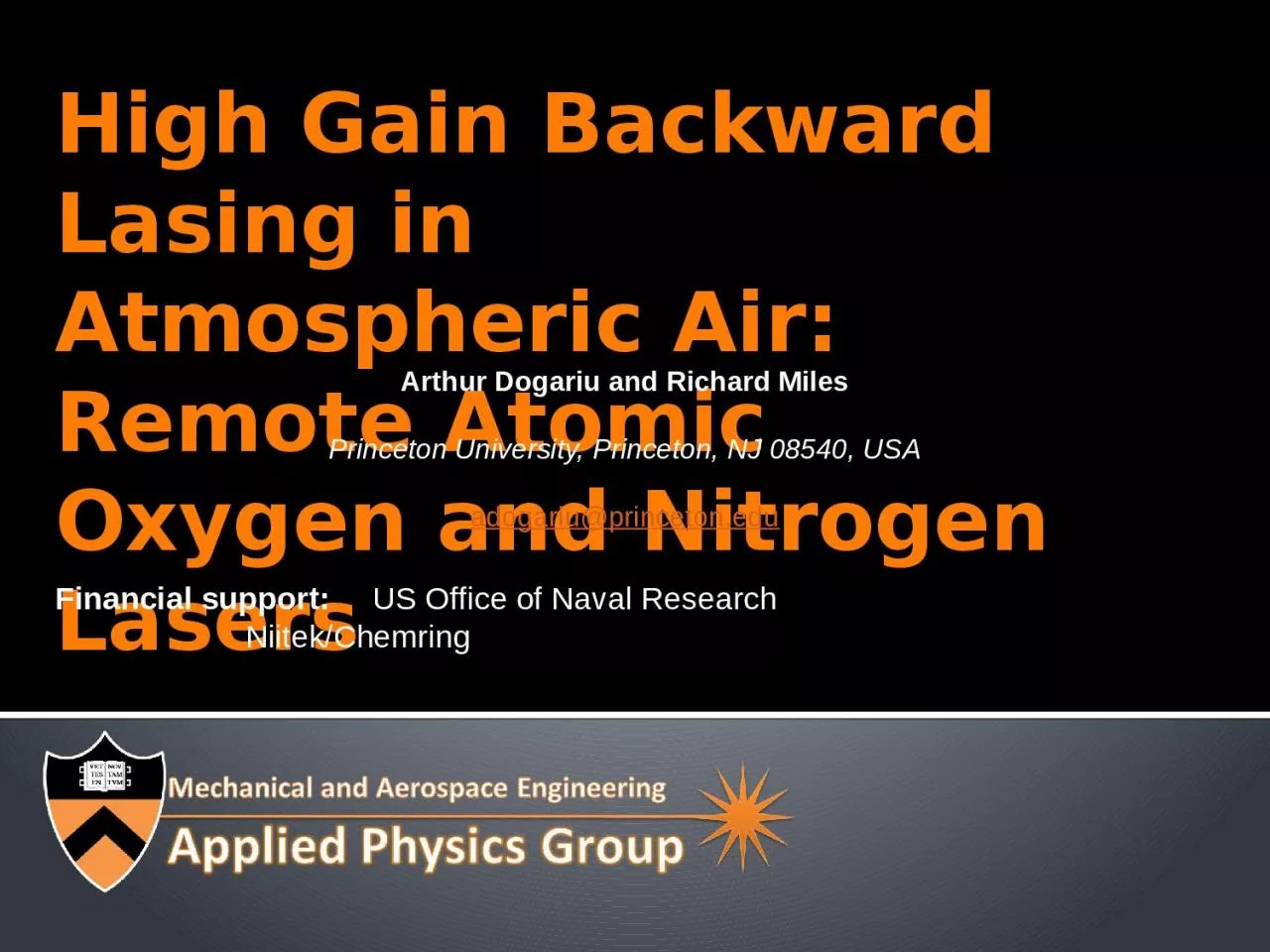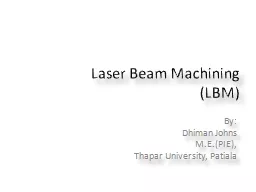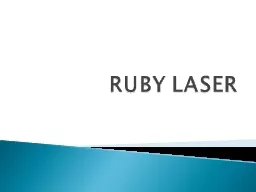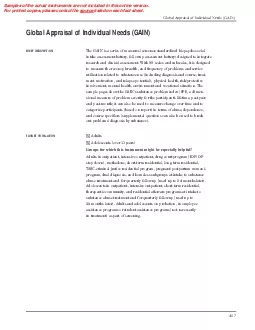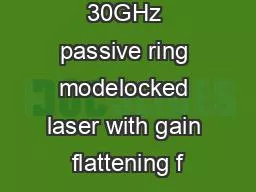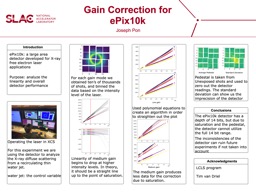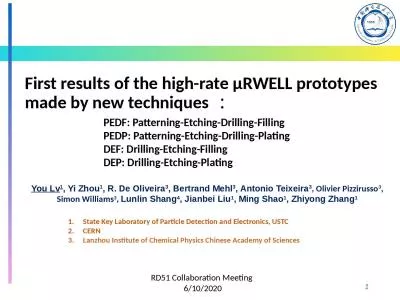PPT-High Gain Backward Lasing in
Author : ceila | Published Date : 2023-11-12
Atmospheric Air Remote Atomic Oxygen and Nitrogen Lasers Arthur Dogariu and Richard Miles Princeton University Princeton NJ 08540 USA adogariuprincetonedu Financial
Presentation Embed Code
Download Presentation
Download Presentation The PPT/PDF document "High Gain Backward Lasing in" is the property of its rightful owner. Permission is granted to download and print the materials on this website for personal, non-commercial use only, and to display it on your personal computer provided you do not modify the materials and that you retain all copyright notices contained in the materials. By downloading content from our website, you accept the terms of this agreement.
High Gain Backward Lasing in: Transcript
Download Rules Of Document
"High Gain Backward Lasing in"The content belongs to its owner. You may download and print it for personal use, without modification, and keep all copyright notices. By downloading, you agree to these terms.
Related Documents

